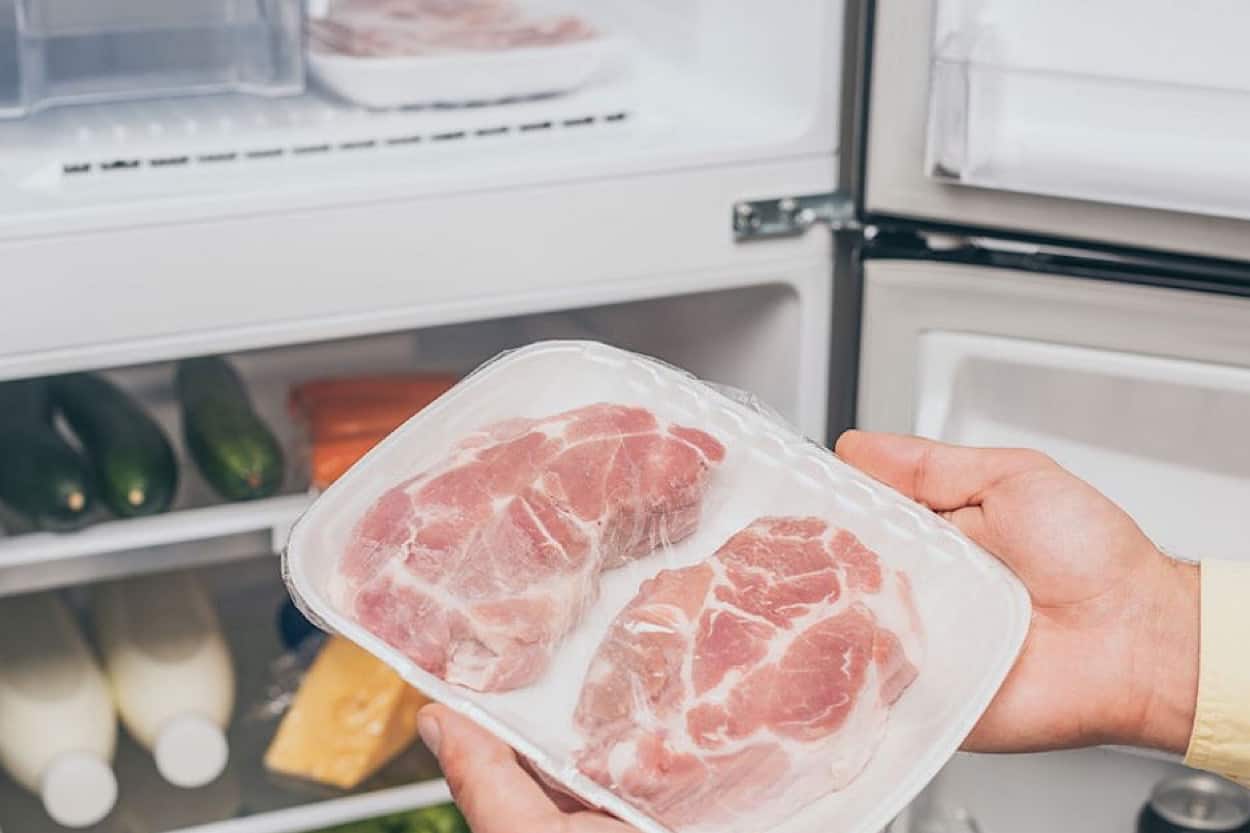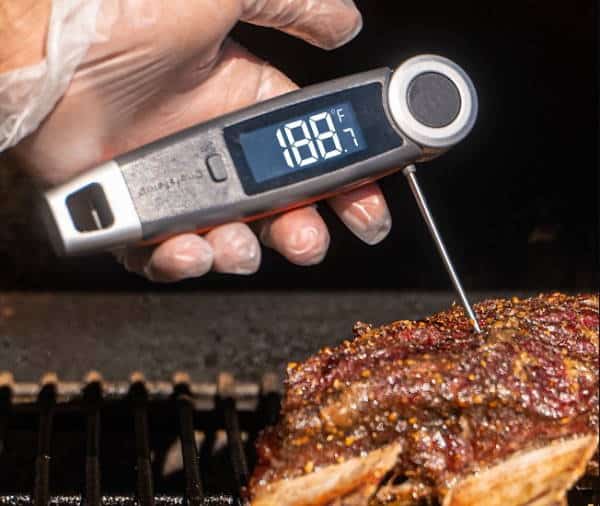
What is the Temperature Danger Zone for Food?
Cooking food is not just about the quality and taste. Safety is also a primary consideration. The best practices on food safety are observed in restaurants and commercial kitchens. However, it is also important to be aware of this at home. The temperature danger zone for food is a set of guidelines that define the ideal temperature for maintaining food products and the temperature zones that you must avoid.
Table of Contents
Introduction to Temperature Danger Zone
The temperature danger zone is the range of temperature that allows bacteria and harmful pathogens to thrive in food. The longer that food stays in this danger zone, the higher the possibility that the bacteria will multiply. When there are bacteria, there is a risk of foodborne illnesses.
The temperature danger zone is 40 to 140℉. This temperature range promotes the growth and reproduction of bacteria and pathogens such as fungi, viruses, parasites, and so on. Not only do bacteria thrive, but they also tend to multiply faster in this environment. Within 20 minutes, bacteria like E. coli could double in number.
Depending on the amount of pathogens that exist in the food, it could spoil within the first 2 hours that it is exposed to the temperature danger zone. This is just one factor that could lead to spoilage, however. Several other factors can come into play such as moisture level, nutrient content, acidity, etc.
Controlling the temperature of the food is recommended to discourage spoilage. Guidelines must be followed in the handling, preparation, and storing of food. You must keep the food below 39 degrees F or higher than 141℉ to slow down or stop the growth and spread of pathogens.
Understanding how food temperature and spoilage work is crucial to maintaining food safety. Therefore, businesses involved in food preparation should have measures in place to maintain the ideal temperature of food to avoid bacteria growth.

Temperature Guide According to Food Types
The temperature danger zone is there as a recommendation to ensure food safety. The approach, to handling and storing food differs based on the type of food product in question. Some food can be left at room temperature for a longer time while others must be strictly kept out of the danger zone.
Perishable foods like meat, poultry, eggs, dairy, and leftover food must be stored at a temperature of 40℉ or below. You should always keep them outside of the temperature danger zone.
Aside from keeping them in the ideal temperature storage, some perishable food products must only be kept for a certain amount of time. For example, you must store fresh poultry in your fridge for a maximum of two days. Raw eggs, on the other hand, can be stored in the refrigerator for up to 5 weeks.
Take the time to research the storage recommendations for certain food products in your kitchen. Just because it is stored outside of the temperature danger zone, it does not mean that they can stay there more than they need to.
Risks Associated with Temperature Danger Zone
Bacteria are present everywhere, including in the food that you consume. Not all bacteria are harmful. But the harmful ones pose serious threats to your health.
Therefore, you must be aware of the risks associated with the temperature danger zone so that you can cook and prepare food accordingly. When you consume food that has pathogens in it, it could lead to foodborne illnesses. In most cases, patients who suffer from foodborne illnesses experience vomiting, nausea, diarrhea, and stomach pain. A specific type of infection could also happen as a result of consuming uncooked shellfish.
Most cases of food poisoning can be resolved, and the symptoms will fade away after a few days. However, there are also instances when the symptoms interact and it can become fatal.

Guidelines for Food Safety
It is impossible to get rid of all bacteria or pathogens that are present in food and the environment. However, you can take actionable steps to ensure that they do not contaminate your food, making it risky to consume.
The following are important guidelines to consider so you can maintain maximum food safety:
- Keep hot food hot at all times. It must be stored at no less than 140℉.
- Keep cold food cold at all times. It must be stored at below 40℉.
- Make sure that meat and poultry are cooked through. Use a thermometer to insert into the meat and check for its safe internal temperature.
- Keep leftovers refrigerated at 40℉ or below. Make sure to store it within 2 hours of cooking.
- When reheating leftovers, food product temperatures must be checked for cooked food. This will ensure that it is safe to eat the food upon reheating.
- Make sure that your freezer or refrigerator is able to maintain the ideal storage temperature for perishable food items.
- Keep your containers sealed. This will help to keep the bacteria away from your food.
Refer to this table to help determine the ideal temperature when storing or handling food for safety.
| Temperature Danger Zone | 40℉ to 140℉ |
|---|---|
| Hot Foods | 140℉ or above |
| Cold Foods | 40℉ or below |
| Fridge Temperature | 40℉or below |
| Freezer Temperature | 0 to -10℉ |
How Long Can Food Stay in the Temperature Danger Zone?
The maximum amount of time that food can stay in the temperature danger zone is two hours. Ideally, you must dispose of any food that had been exposed to this temperature zone for longer than the recommended period.
If you cook food that is meant to be served at a later time, make sure you keep it in containers that are designed to keep them hot (or cold).
The Bottom Line
It is important to understand and take to heart the guidelines stipulated by the temperature danger zone. Anyone is at risk of foodborne illnesses if they consume spoiled or contaminated food. Knowing the risks associated with this, you have to be serious about how you store and handle your food.
Discover Other ChefsTemp Products
Discover more recipes and learn kitchen tricks by joining our cooking family on Facebook.
You may also like:















